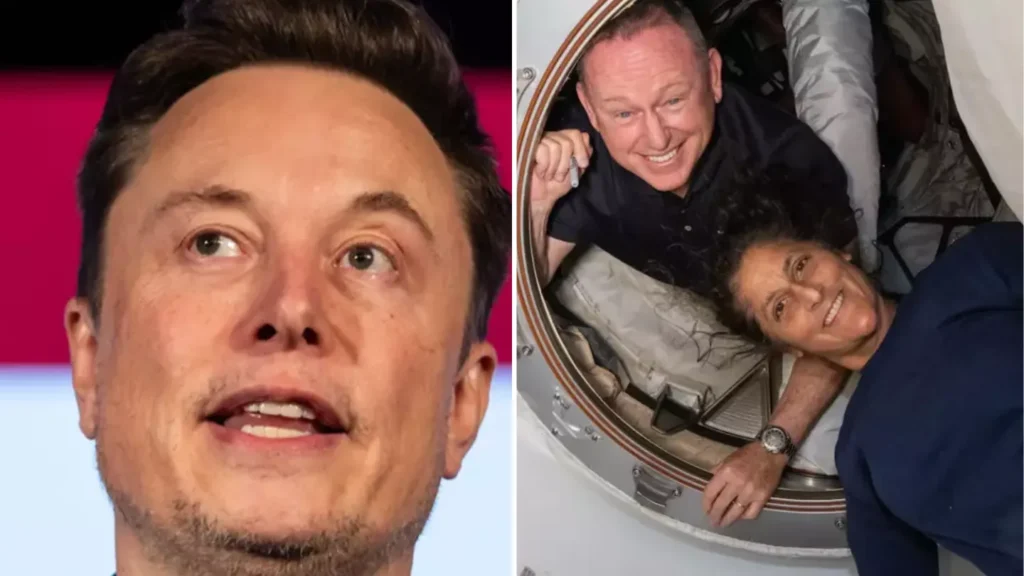
cover 18

cover 18
NASA astronauts Butch Wilmore and Suni Williams were set for a short eight-day mission aboard the International Space Station in June 2024.
However, a technical malfunction with Boeing’s Starliner spacecraft caused a significant setback, stranding both astronauts in orbit far beyond their scheduled return.
NASA’s decision to keep the astronauts aboard the ISS despite helium leaks and propulsion system failures sparked criticism and raised serious safety concerns regarding space operations and crew well-being.
Wilmore and Williams were forced to extend their mission significantly, performing critical research and maintenance tasks while adjusting to the challenges of an unplanned, prolonged stay in orbit.
Ultimately, NASA turned to SpaceX, its primary commercial spaceflight partner, to ensure the safe return of the stranded astronauts.
The choice to deploy SpaceX’s Crew Dragon via the Crew-9 mission highlighted SpaceX’s growing importance in U.S. space operations.
The astronauts’ prolonged stay in orbit fueled ongoing debates about the risks of space exploration and the increasing reliance on private companies to support government-led missions.
Meanwhile, NASA had already begun planning for the eventual decommissioning of the ISS, which has been in orbit since 1998.
In June 2024, SpaceX was awarded an $843 million contract from NASA to develop deorbit technology, ensuring the safe disposal of the ISS at the end of its service life.
The ISS was initially expected to remain operational until 2030, but recent decisions have accelerated its retirement timeline.
Elon Musk has been vocal about the need to move beyond the ISS, emphasizing the importance of focusing on more ambitious ventures in space exploration.
Taking to social media, Musk stated: “The @Space_Station should begin deorbit preparations now—its mission is complete.”
He added, “It has served its purpose. The ISS’s value has diminished. It’s time to set our sights on Mars.”
The ISS deorbit plan signifies a historical shift, as SpaceX prioritizes pioneering missions like lunar and Martian exploration over maintaining older orbital infrastructure.
NASA confirmed that SpaceX will modify its Dragon spacecraft with advanced propulsion capabilities to guide the ISS into a controlled descent.
The spacecraft will ensure the station re-enters Earth’s atmosphere safely, directing debris into the remote South Pacific Ocean, away from populated regions.
Despite its approaching retirement, the ISS remains one of humanity’s most significant achievements, symbolizing global cooperation in space and representing an investment equivalent to $292 billion in today’s value.
Feature Image Credit: (NASA) and (Instagram/elonrmuskk)